How To Hold Yarn Crochet: Best Ways For Beginners
Are you new to crocheting and struggling with how to hold yarn crochet? Or maybe you’ve been crocheting for a while but find your hands and wrists getting tired quickly.
Properly holding yarn while crocheting is essential for both comfort and efficiency. In this article, we’ll go over some tips and techniques for holding yarn that will help you crochet with ease.
One of the most important things to keep in mind when holding yarn is to find a grip that feels comfortable and natural for you. There is no one “right” way to hold yarn, and what works for one person may not work for another.
However, there are some common techniques that many crocheters use that you can try out to see what feels best for you. By experimenting with different grips, you can find the one that allows you to crochet for longer periods without discomfort.
Another thing to keep in mind is that tension is key when it comes to crocheting. Your yarn should be held tightly enough that it doesn’t slip out of your fingers, but not so tightly that it’s difficult to work with.
Finding the right tension can take some practice, but it’s worth the effort to ensure that your finished product looks neat and professional. In the next section, we’ll go over some specific techniques for holding yarn that can help you achieve the right tension and improve your crocheting skills.
Table of Contents
How To Hold Yarn Crochet
When it comes to crochet, holding the yarn correctly is crucial to make sure your stitches come out the way you want them to. There are different ways to hold yarn, and finding the most comfortable way for you is the most important thing.
First things first, you need to decide which hand you will use to hold the hook and which hand you will use to hold the yarn. If you are right-handed, you will most likely hold the hook in your right hand and the yarn in your left hand.
If you are left-handed, you will hold the hook in your left hand and the yarn in your right hand.
The most common way to hold the yarn is to wrap it around your index finger, then over your middle finger, and under your ring finger and pinky finger. This is called the “knife hold.” However, this may not be the most comfortable way for everyone.
Another way to hold the yarn is to wrap it around your little finger, then over your ring finger, under your middle finger, and over your index finger. This is called the “pencil hold.”
There are different positions you can hold your fingers in to adjust the tension of the yarn. Some people prefer to use their non-dominant hand to hold the yarn, while others use their dominant hand.
Remember, there is no one right answer when it comes to holding yarn in crochet. The main ways to hold the yarn are the knife hold and the pencil hold, but you can experiment with different positions to find what works best for you. With practice, holding the yarn will become second nature.
How To Hold Crochet Yarn: Knife Hold
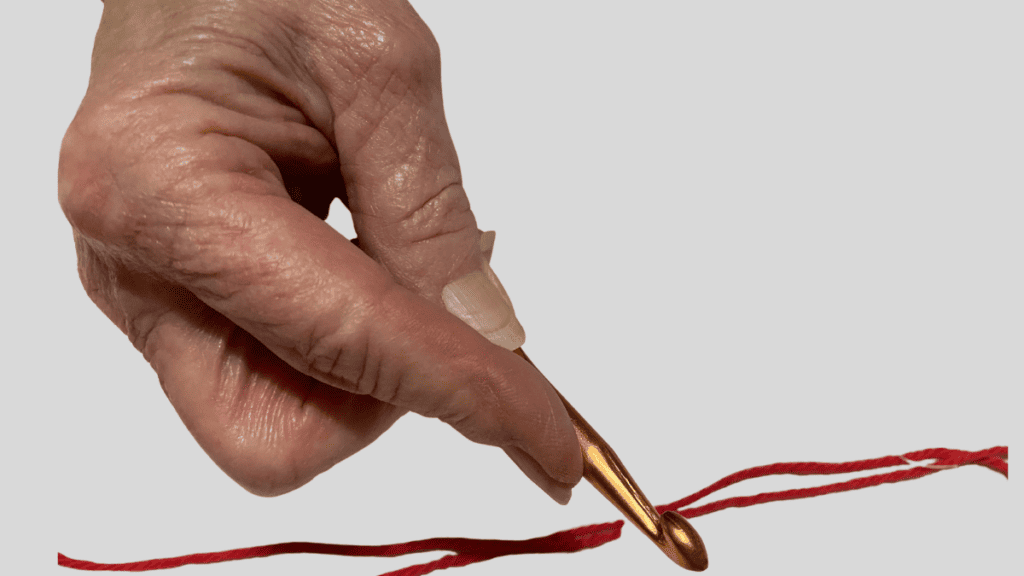
The knife hold is a popular method among crocheters who also knit. It involves holding the crochet hook like a knife, with the hook pointing up and your thumb on top of the hook.
You then wrap the yarn around your fingers and hold it against your palm with your pinky finger. This hold gives you a lot of control over your hook and can be helpful when working with finer yarns.
How To Hold Crochet Yarn: The Pencil Grip
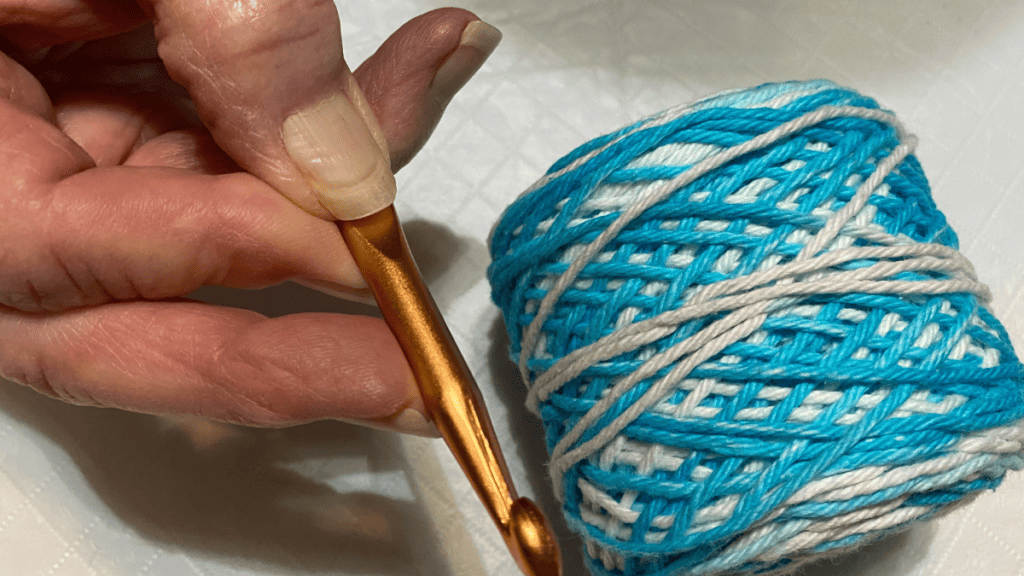
The pencil grip is another common hold used by crocheters. With this method, you hold your hook like a pencil, with the hook pointing down and your thumb and index finger gripping the hook.
You then wrap the yarn around your fingers and hold it against your palm with your pinky finger. This hold can be comfortable for those used to writing or drawing with a pencil.
How To Hold Crochet Yarn: The Knife Grip
The knife grip is similar to the knife hold, but instead of holding the hook like a knife, you hold it like a pencil with the hook pointing up. Your thumb rests on the flat part of the hook, and you wrap the yarn around your fingers and hold it against your palm with your pinky finger. This hold can be helpful for those who find the knife hold uncomfortable.
How To Hold Crochet Yarn: The Pencil Hold
The pencil hold is similar to the pencil grip, but instead of holding the hook with your thumb and index finger, you hold it with your index and middle fingers. This hold can be helpful for those who find the pencil grip uncomfortable or want to try something different.
How To Hold Crochet Yarn: The Pen Hold
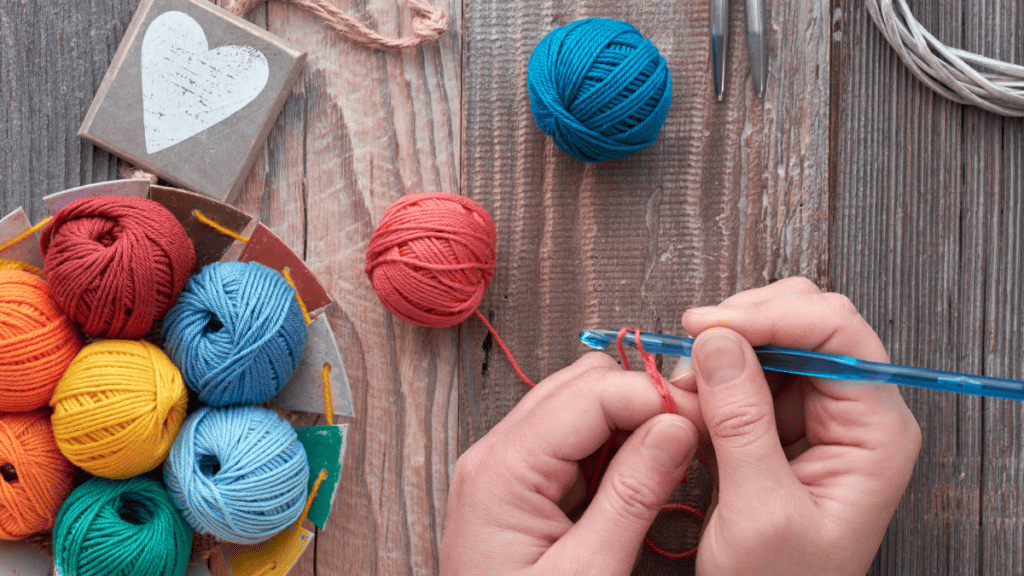
The pen hold is similar to the pencil hold, but you hold the hook with your thumb and middle finger instead of your index and middle fingers. This hold can be helpful for those who find the pencil hold uncomfortable or want to try something different.
There are many other yarn holds you can experiment with, such as the ring hold, the underhand hold, or the overhand hold.
Each hold can offer different benefits depending on your personal preferences and the project you’re working on. Don’t be afraid to try out different holds and see what works best for you.
If you are visual and need a video to see the differences, here is a great one we love on how to hold your yarn crochet
Mastering Yarn Tension
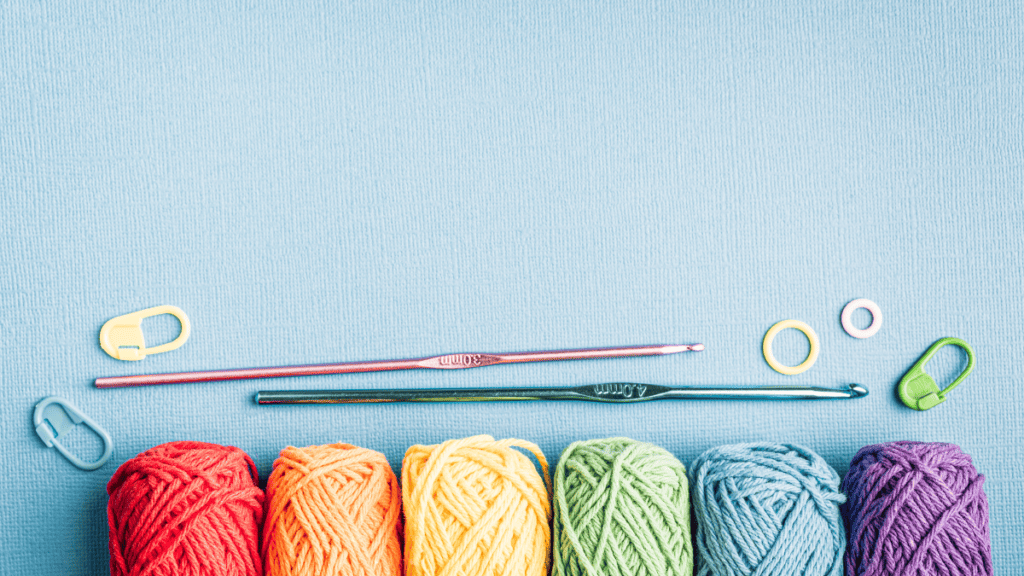
Getting the right tension of your yarn is essential for creating a beautiful and consistent crochet project. The tension of your stitches is determined by how tightly or loosely you hold your yarn as you crochet. Here are some tips to help you master yarn tension:
- Start with the right way to hold your yarn. There are several ways to hold your yarn, but the most common is to wrap it around your fingers. Experiment with different methods until you find the one that feels most comfortable and gives you the best tension.
- Practice, practice, practice! The more you crochet, the more comfortable you will become with holding your yarn and maintaining proper tension. Don’t be afraid to rip out your work and start over if your tension is not consistent.
- Pay attention to your crochet tension as you work. If your stitches are too loose, your project may look sloppy and uneven. If your stitches are too tight, your project may be stiff and difficult to work with.
- Adjust your tension as needed. If you find that your tension is too loose, try holding your yarn tighter or using a smaller crochet hook. If your tension is too tight, try holding your yarn looser or using a larger crochet hook.
- Consider the weight of your yarn. Different weights of yarn require different amounts of tension. For example, a bulky yarn may require looser tension than a fine yarn. Experiment with different yarn weights to find the tension that works best for you.
By mastering yarn tension, you’ll be able to create beautiful and consistent crochet projects every time. Keep practicing and experimenting until you find the proper tension that works for you.
Crochet Basics
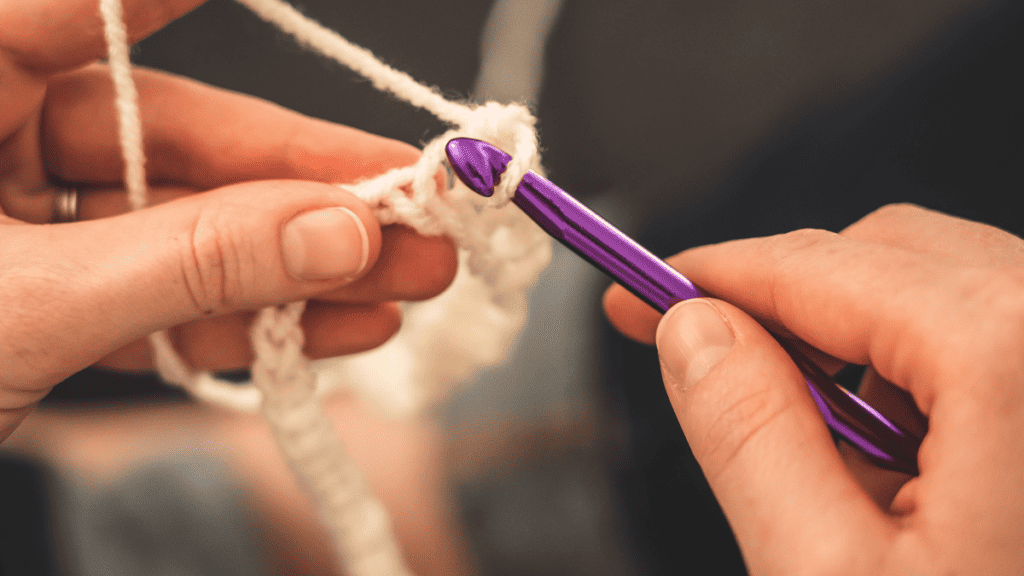
Now you are ready to practice your crochet stitches and then start your first crochet project. Before you begin, it’s important to know how to hold yarn crochet and hook properly. This will help you create even stitches and avoid hand fatigue.
To start, you’ll need to create a slip knot. Hold the tail end of your yarn in your left hand and create a loop. Insert your hook into the loop and pull the hooked end of the yarn through the loop. Tighten the knot by pulling the tail end of the yarn.
Next, hold the crochet hook in your right hand like a pencil, with your thumb and index finger holding the hook and your other fingers resting on the thumb rest.
Hold the working yarn in your left hand, wrapping it around your pinky finger and over your index and middle fingers.
To create a chain stitch, insert your hook into the slip knot and pull the working yarn through the loop. Continue this process, pulling the yarn through each loop to create a chain.
When working on your crochet project, make sure to pull the yarn tightly to create even stitches. If you pull too loosely, your stitches will be uneven and your project will look messy.
Remember to always work with the right side facing you. This will ensure that your stitches look neat and tidy.
With these basic techniques, you’re ready to start your first crochet project! Don’t be afraid to experiment with different yarns and patterns to create a unique and beautiful project. Good luck!
Overcoming Common Challenges in Crochet

Crochet is a fun and relaxing hobby, but it can also come with its own set of challenges. Here are some common challenges you may face and tips for overcoming them.
Yarn Weights
Choosing the right yarn weight for your project can be tricky. If you’re using a yarn that is too thick or too thin, it can affect the overall look and feel of your project. The best way to avoid this is to check the yarn weight recommended in your pattern and use a yarn that matches that weight.
Tension Problems
Tension problems can be frustrating, especially if you’re just starting out. If your stitches are too tight or too loose, it can affect the size and shape of your project.
The most important factor in achieving the correct tension is practice. Keep practicing until you find the tension that works best for you.
Muscle Memory
Muscle memory is important in crochet. It helps you to maintain a consistent tension and stitch size. The more you practice, the more your muscles will remember the movements and the easier it will become.
Ergonomic Hooks
Using ergonomic hooks can help to reduce wrist pain and make crocheting more comfortable. Look for hooks that have a comfortable grip and are designed to reduce strain on your wrist.
DK Weight
DK weight yarn is a popular choice for crochet projects. It’s versatile and comes in a wide range of colors. If you’re using DK weight yarn, make sure to check the recommended hook size for the yarn. Using the wrong hook size can affect the drape and overall look of your project.
Remember, crochet is a fun and rewarding hobby. Don’t be discouraged if you face some challenges along the way. With practice and patience, you can overcome any obstacle and create beautiful projects.
Advanced Techniques and Tips for Crocheting
If you’re an experienced crocheter looking to take your skills to the next level, there are a few crochet techniques worth perfecting.
One of the easiest ways to improve your crochet work is to use a larger hook. This will create a looser, more relaxed tension, and is especially useful if you tend to be a tight crocheter or experience joint pain.
Another game changer is to experiment with different types of yarn. Bulky yarn can create a unique texture and is perfect for making warm blankets and scarves. If you struggle with tension, try using a strand of yarn held double to create a thicker, more forgiving crochet fabric.
When it comes to holding your hook, the body of the hook should rest in the flat area between your thumb and index finger, while the top of your hand should be used to guide the hook. If you find that your pinkie finger gets tired or sore, try resting it on your work for support.


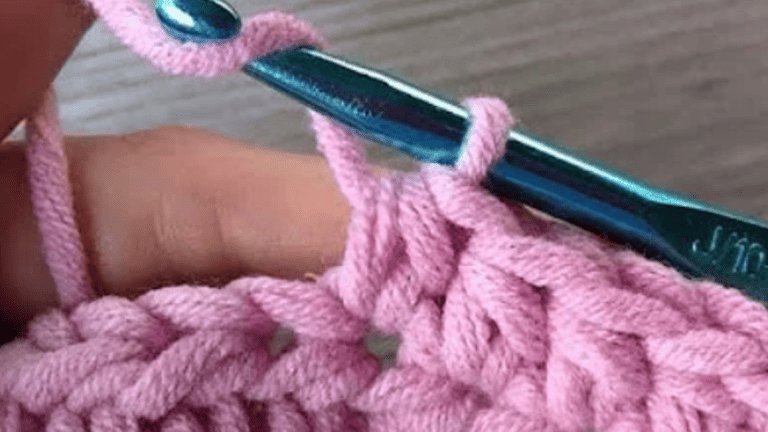
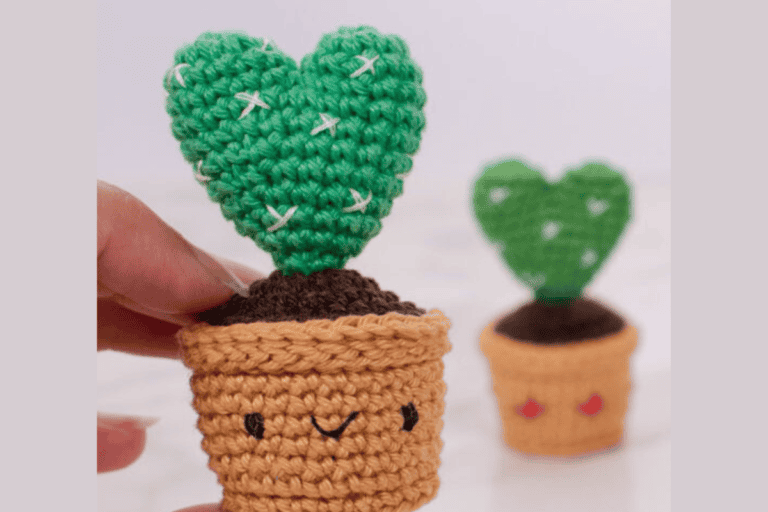
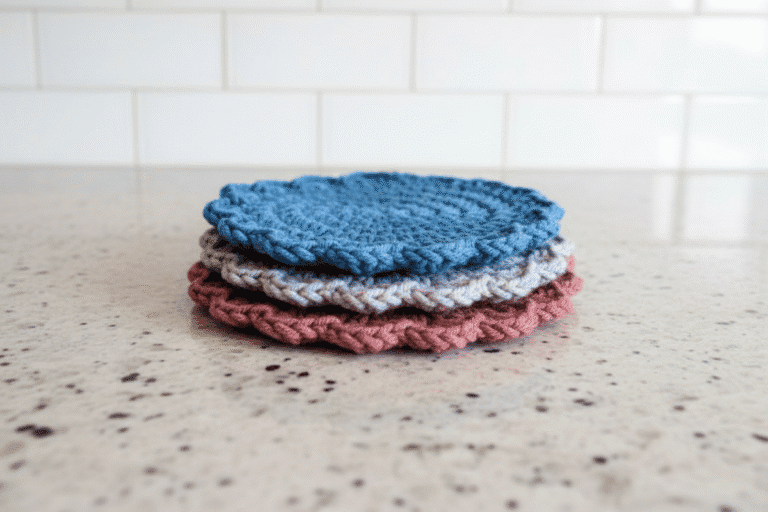
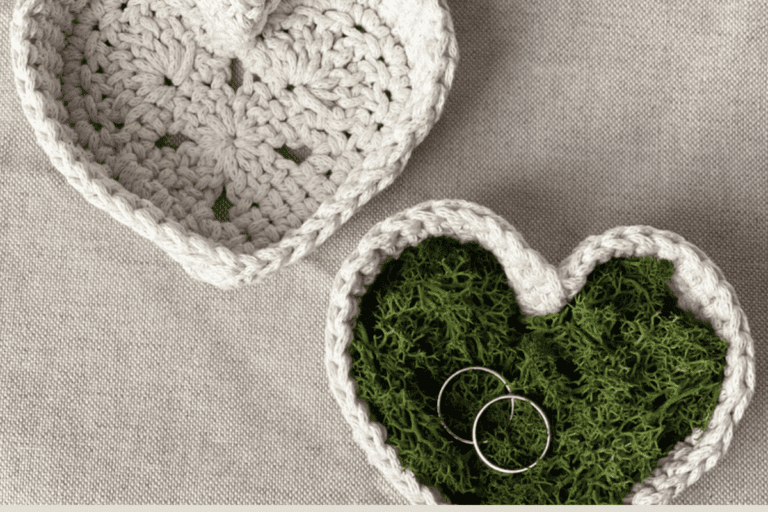
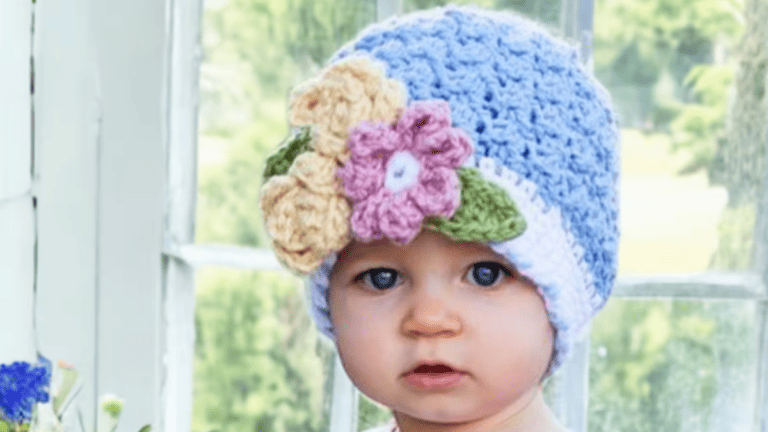
4 Comments